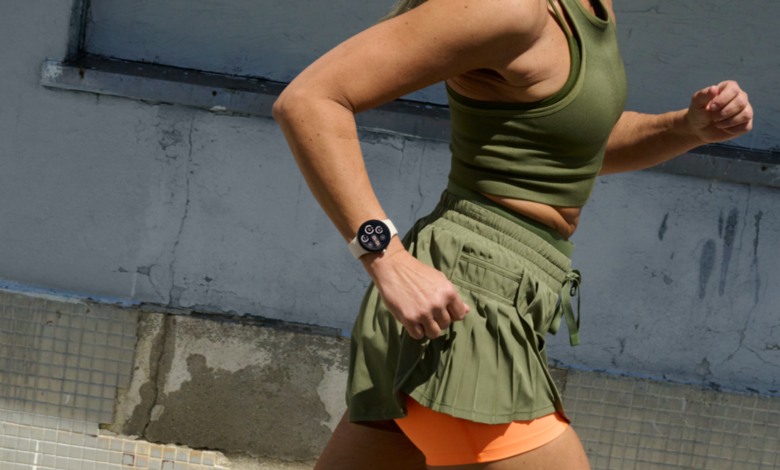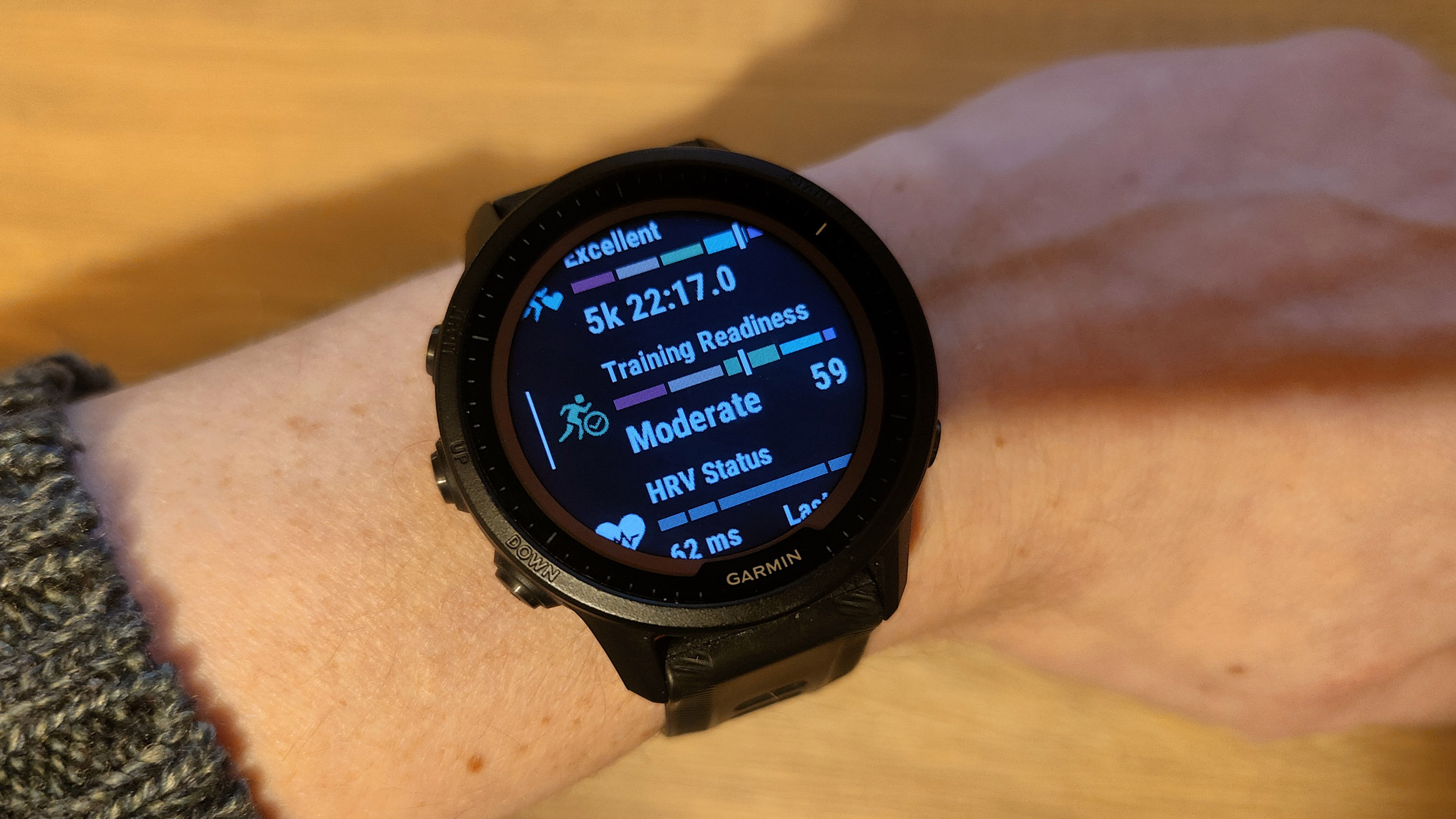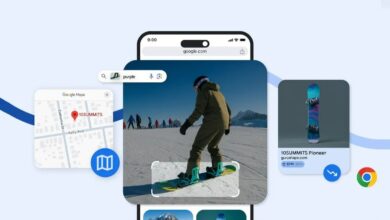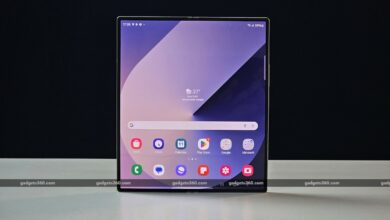The Google Pixel Watch 3’s new running tools look great, but I’ve been using them on Garmin for years

The Google Pixel Watch 3 has landed. Google used its Made by Google event (August 13, 10am PT / 1pm ET / 6pm BST) to unveil the latest version of its flagship smartwatch. While you can read our hands-on review for our first impressions of the watch (and watch our recap of the whole Made By Google event live here), there’s one aspect of the device we haven’t had a chance to test yet: its suite of new fitness tools.
In addition to smart features and the new emergency response feature Loss of Pulse Detection, which alerts emergency services if you’re having a heart attack, there’s a big new suite of fitness features from Fitbit. The Pixel Watch 3 now uses machine learning to analyze advanced running metrics, so runners can benefit from knowing their stride length, ground contact time, and vertical oscillation (which in runner-speak means “how much you bounce up and down during a run”).
The Pixel Watch 3 also brings a new Target Load feature and more advanced training plans, allowing you to plan multi-phase workouts with warmups, intervals, and target paces. The watch will warn you if you’re falling behind your target pace during your run.
In addition to your workout information, it also collects information about your recovery. So you can see your daily recovery score and other health data in the new Fitbit Morning Brief. It’s a daily overview of your health sent straight to your watch.
Familiar (watch) faces

If this all sounds great, that’s because it is. As an avid runner, I’m certainly looking forward to testing out these advanced running metrics. But I’ve also been using them for years… because they’re on other watches.
None of this is new. The best running watches and the best Garmin watches have long estimated stride length, oscillation and ground contact time, and even Apple touted that advanced runner training tools like these would be coming to its new lineup of watches two years ago, with the launch of watchOS 9.
Likewise, the Morning Brief sounds almost exactly like Garmin’s Morning Report, a feature I also loved when it was introduced, and I welcome it here. Garmin has also long allowed its users to design custom multi-segment running programs, or use its pre-built programs, with warmups, virtual pacers, and intervals. Garmin has actually gone further and now uses algorithms to adjust its running plans based on your recovery stats.
I’m glad Google caught up with the pack. Fitbit devices have long lagged behind, and Google seems intent on making the Google Pixel Watch 3 the best Fitbit ever, even if it’s not a true Fitbit-branded device. The implication that these features are groundbreaking or innovative is nonsense, though, as competing smartwatch brands have been doing this for ages.
Google Pixel Watch wearers who also happen to be runners—and I’m betting there are quite a few of them—will certainly benefit from these powerful running tools. The bit I’m interested in is the mention of “machine learning” being used to calculate metrics: Whenever I get the chance, I’ll go for a run with a Google Pixel Watch 3 on one wrist and an Apple Watch Ultra 2 or Garmin Epix Pro on the other, to see if the two watches deliver similar results.
Check out our Google Pixel Watch 3 TikTok coverage here:
@techradar
♬ original sound – TechRadar




